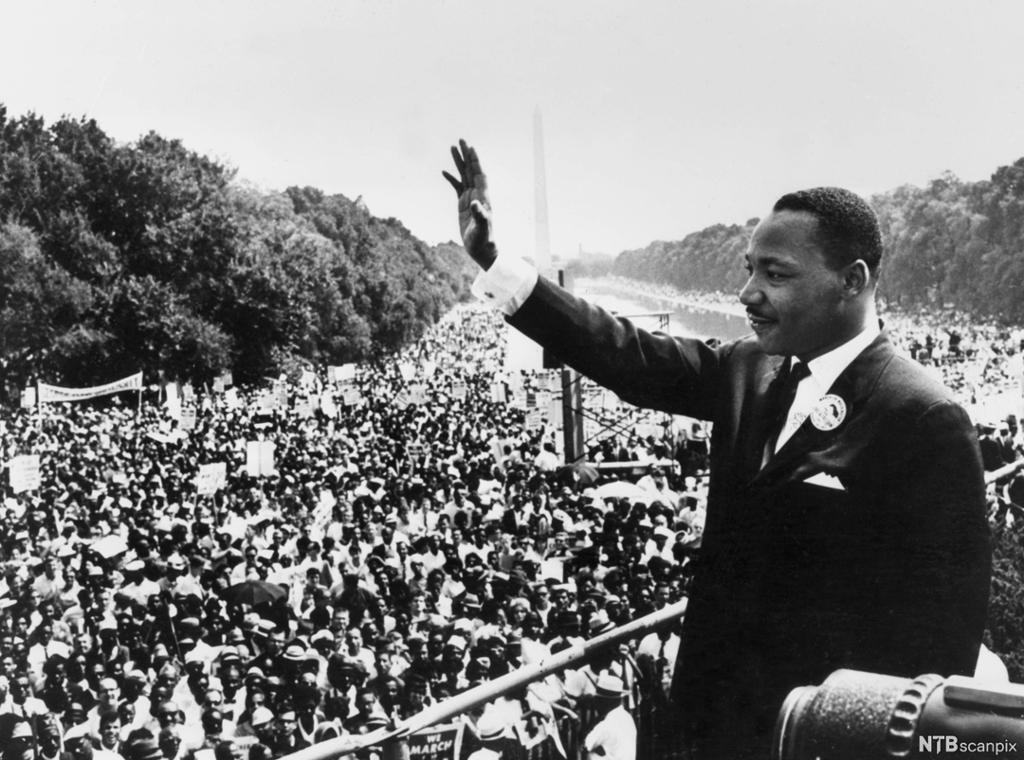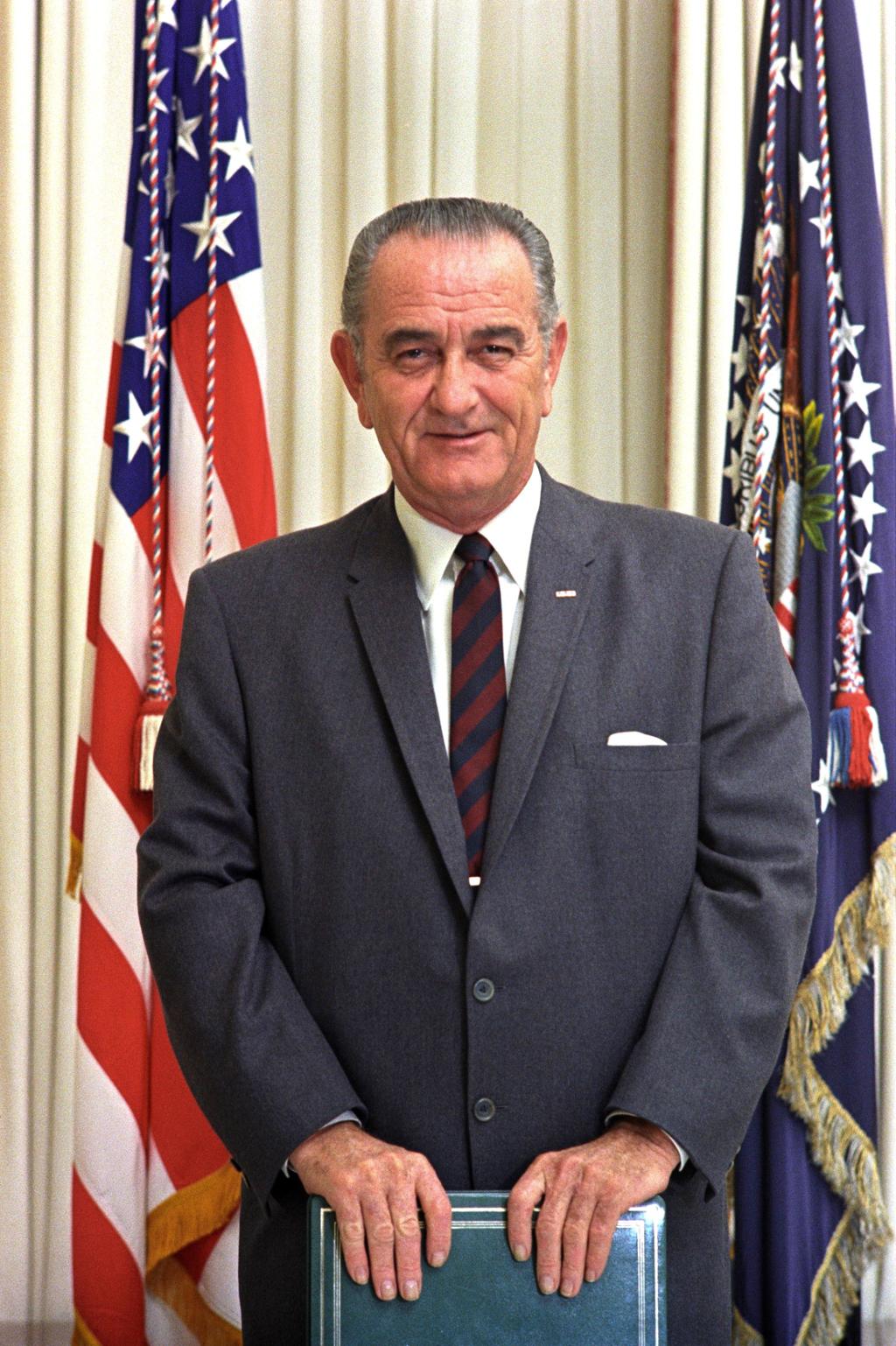Timeline of African-American History: 1909-1968
In the early 1900s, segregation was well-established in the American South. In the growing cities, violent hostility towards Black people had become commonplace. There was a wave of race riots. W. E. B. Du Bois became a leading voice in a growing Black protest movement. In 1903 he published the book The Souls of Black Folk, which encouraged Black people to pursue higher education. In 1909 he contributed to the establishment of the NAACP: the National Association for the Advancement of Colored People, which continues to be one of the largest and most significant civil rights organisations in the United States.

In the 1920s, many Black people migrated from the rural South to the urban North. This caused a great revival and blossoming of Black culture. While the Harlem Renaissance was named after a neighbourhood in New York, the renaissance took place in many cities across the North and West.
The Harlem Renaissance brought Black culture to the attention of publishers and critics. Galleries opened their doors to Black artists. Musicians broke new ground and gained new audiences. Actors starred in leading roles. Artists such as Aaron Douglas, Lois Mailou Jones, and Jacob Lawrence, musicians such as Louis Armstrong, Jelly Roll Morton, and Duke Ellington, actors such as Josephine Baker and Paul Robeson, and authors such as Paul Dunbar, Langston Hughes, and Zora Neale Hurston were all part of the Harlem Renaissance.
More than 3 million African Americans volunteered to fight for the United States in World War II, and more than 500,000 participated in overseas combat. The soldiers faced racism every day: Black soldiers and white soldiers were segregated into separate units. It wasn't until 1948 that President Truman signed an executive order integrating the armed forces.
The Civil Rights Movement was a struggle for social justice that mainly took place during the 1950s and 1960s. The goal was to ensure that Black Americans would have equal rights before the law.
1954: Brown v. Board of Education
The NAACP had tried to get the Supreme Court to overturn the 'separate but equal doctrine' for many years, and had brought a number of cases before the Supreme Court, but it was a class action suit filed against the Topeka Board of Education that would finally make the Supreme Court declare segregation of schools unconstitutional. Public school administrators had to institute measures to ensure racial integration.

The Brown v. Board of Education decision caused massive protests and attempts at undermining the court's decision. However, the Supreme Court continued to make decisions in support of integrating schools. For example, in 1971 it was ruled that school districts had to achieve racial balance even if it meant redrawing school boundaries and the use of busing. Busing was the practice of assigning and transporting students to schools within or outside their local school districts in order to diversify the racial make-up of schools.
1955: The Montgomery Bus Boycott
Buses were segregated, and Black passengers had to sit at the back. If the bus was full, Black passengers had to give up their seats to white passengers. In December 1955, Rosa Parks was coming home from her work as a seamstress. She was seated in the Black section of the bus. When the bus driver demanded that she give up her seat to a white man, she refused. Rosa Parks was arrested for breaking Montgomery's racial segregation ordinance. Rosa parks was a secretary in the Montgomery chapter of the NAACP, and said she took a stand because 'I had decided that I would have to know once and for all what rights I had as a human being and a citizen.'
Martin Luther King Jr. led a bus boycott. 70% of bus passengers in Montgomery were Black, and most of the cities' Black citizens supported the boycott. The boycott went on for more than a year, and the bus company struggled to avoid bankruptcy. On November 13, 1956, in Browder v. Gayle, the U.S. Supreme Court upheld a lower court’s decision declaring the bus company’s segregation seating policy unconstitutional. That December, the boycott was called off: the buses in Montgomery had become desegregated.
1963: The March on Washington

The March on Washington was a massive protest march that occurred in August 1963. Around 250,000 people gathered in front of the Lincoln Memorial in Washington, D.C. Martin Luther King Jr. gave his famous speech I Have a Dream about a future where segregation and racism no longer exist.
1964: Civil Rights Act

President John F. Kennedy had been a strong supporter of Martin Luther King Jr.'s work, and when Kennedy was assassinated in 1963, many were worried that the work to ensure a Civil Rights Act would not be completed. However, in 1964 President Lyndon B. Johnson ensured that the Civil Rights Act was signed into law.
The act gave the federal government more power to protect citizens against discrimination. Most public accommodation was desegregated, for example cafeterias, bus depots, parks and swimming pools. An Equal Employment Opportunity Commission (EEOC) was established to ensure the equal treatment of minorities in the workplace. The act also strengthened voting rights and enabled the United States Office of Education to provide aid that would assist with school desegregation.
1964: Martin Luther King Jr. is awarded the Nobel Peace Prize
In 1964, Martin Luther King Jr. was awarded the Nobel Peace Prize for his non-violent struggle to achieve civil rights for the African American population. He visited Oslo to accept the Prize in December 1964.
1965: The assassination of Malcolm X

Malcolm X was a civil rights leader who did not believe in a non-violent path. Malcolm X had converted to Islam while serving a sentence in prison for armed robbery, and he became an influential leader of the organisation 'Nation of Islam'. He encouraged his followers to defend themselves against white aggression by any means necessary.
In 1964, he went on a pilgrimage to Mecca, and this had a strong impact on his beliefs. He changed his name to el–Hajj Malik el–Shabazz and rejected many of the views he had held as a leader of the Nation of Islam. In 1965, he was murdered by three of his former supporters. His autobiography popularised his ideas and laid the foundation for the Black Power movement of the late 1960s and 1970s.
1965: The Selma to Montgomery marches
Martin Luther King Jr. and the Southern Christian Leadership Conference (SCLC) called attention to voter registration in Selma, Alabama. Only 2% of the Black population were registered to vote, and there was strong anti-desegregation sentiments among the local authorities. When a state trooper shot an unarmed Black man, a massive protest march from Selma to Montgomery was announced.
The protesters were met with violence by state troopers, who were armed with whips, nightsticks, and tear gas.
A second attempt to march was halted by Martin Luther King Jr. when he realised that the state troopers would not let them pass.
After a US Court had ruled that Alabama had to allow the march, a third attempt was made on March 21. This time, the protesters were protected by US Army troops and the Alabama National Guard.
1965: Voting Rights Act
The 15th Amendment to the Constitution (1869) stated that 'the right of citizens of the United States to vote shall not be denied or abridged by the United States or by any State on account of race, color, or previous condition of servitude'. Despite this amendment, many states passed laws that aimed to make it as difficult as possible for the African Americans to exercise their voting rights.
One week after protesters had been attacked by state troopers in Selma, Lyndon B. Johnson spoke before Congress and called for legislation that would protect African American's right to vote.
The Voting Rights Act was passed in August 1965. It attempted to block the many loopholes that had been created to keep African Americans from voting. The Voting Rights Act banned literacy tests and gave the US Attorney General the duty to challenge the use of poll taxes for state and local elections.
1966: Black Panther Party founded
The Black Panther Party was a Marxist-Leninist Black Power political organization founded by college students Bobby Seale and Huey P. Newton in October 1966 in Oakland, California. It was active until the 1980s. The Black Panther party advocated armed resistance to the oppression African Americans faced.
1967: Interracial marriages become legal
Mildred and Richard Loving were one of the first interracial couples legally married in the United States. In 1958, they were threatened with either 25 years in prison unless they left the state of Virginia. They chose exile. Their case eventually reached the Supreme Court, which ruled that laws banning interracial marriage were unconstitutional. (Loving v. Virginia, 1967.)
1968: The assassination of Martin Luther King Jr.
On 4 April 1968, Martin Luther King Jr. was assassinated in Memphis Tenneesse, where he was visiting as part of his Poor People's Campaign' The killer, James Earl Ray, fled to London where he was arrested at Heathrow Airport. Ray died in prison in 1998.
King's family and many others do not believe that Ray acted alone, but that he was part of a conspiracy between the US government, the mafia, and the Memphis Police.
1968: The Fair Housing Act
The Fair Housing Act bill addressed racial discrimination in the sale, rental, or financing of housing units. It passed the Senate by a very small margin, and there was concern that it would not pass the House of Representatives, which was very conservative. However, when Martin Luther King Jr. was assassinated there was such strong public support for the bill, that it was passed in the House of Representatives as well.
Tak this quiz to check what you remember.
Relatert innhold
Tasks for the timelines of African American history.
Timeline of some key events in African American history from 1619-1896